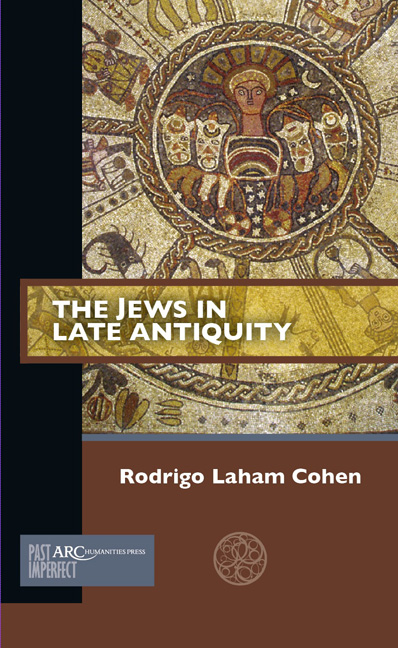Chapter 7 - The Land of Israel
Published online by Cambridge University Press: 28 January 2021
Summary
It is impossible to summarize the history of the Jews in the Land of Israel during late antiquity in a few pages, but we can present an overview. However, first it is necessary to lay out the most important events of the period.
After the defeat of the Jewish Revolt (66– 70 CE), Jewish communities began a slow reorganization. In 132 CE, Jews—under the leadership of Bar Kokhba—rebelled once more against Rome. Again they were defeated and that event represented a hard blow for Jewish communities in Palestine. Gradually, the centre of Jewish life moved from Judea to Galilee (Levine 1992; Sivan 2008, 317– 28). Meanwhile, Christianity grew slowly in Palestine. This is not the place to discuss the precise moment of the “parting of the ways” but in the first two centuries CE, differences between Jews and Christians were not as obvious as they are for a modern observer. Here it is worth mentioning Israel Yuval's (2006) polemical position: Rabbinical Judaism as a response to Christianity. Even though Yuval's point of view was not accepted by all scholars, his works are important as they remind us that rabbinical Judaism was a new creation. As Alan Segal (1986) has previously stated, both religions, rabbinical Judaism and Christianity, were not father and son, but brothers.
Unlike other regions we have studied, there are several late ancient texts written by Jews in Palestine that have survived to the present day. The Mishnah was written at the beginning of the third century and compiles a series of laws regarding different areas of Jewish life, such as agriculture, criminal law, marriage, idolatry, etc. Tosefta is another collection, similar to the Mishnah, also edited in the Land of Israel around the same time. Finally, the Talmud Yerushalmi—completed around the fourth to fifth centuries—commented on certain mishnaic tractates. Genesis Rabbah, Leviticus Rabbah, and Pesikta deRav Kahana, among others, were also produced in the period.
All this written production offers a significant amount of information, which represents a big advantage over other regions we have seen in previous chapters. Nevertheless, as stated in the introduction, rabbinical texts are not straightforward.
- Type
- Chapter
- Information
- The Jews in Late Antiquity , pp. 60 - 74Publisher: Amsterdam University PressPrint publication year: 2018



